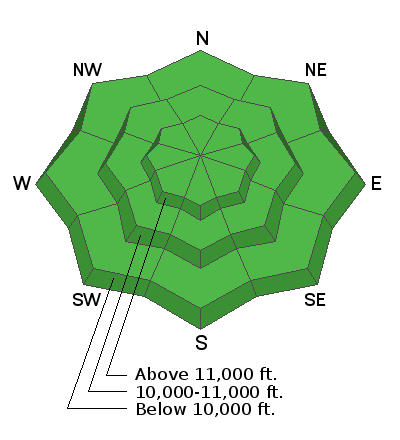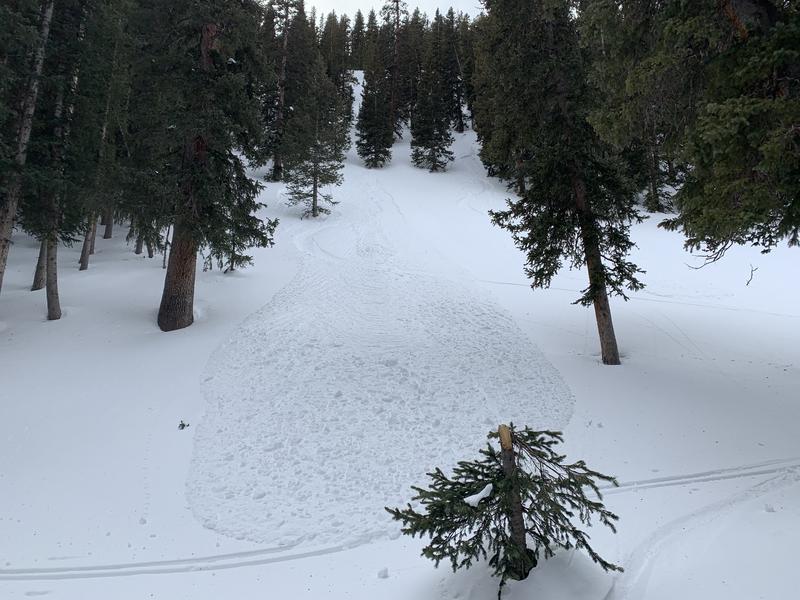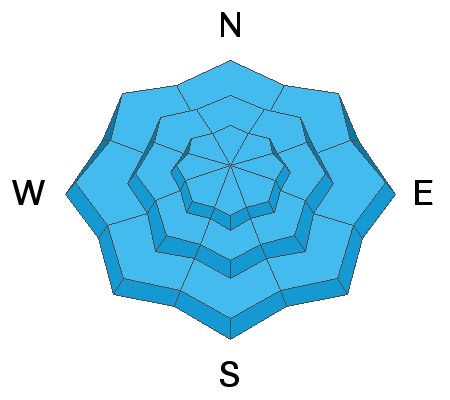Forecast for the Moab Area Mountains

Issued by Eric Trenbeath on
Thursday morning, February 20, 2020
Thursday morning, February 20, 2020
The avalanche danger is generally LOW and mostly stable snow conditions exist. Low danger doesn't mean no danger and it may still be possible to trigger an avalanche in isolated areas with very steep, rocky, extreme terrain. On steep, shady slopes, human triggered, loose snow sluffs entraining weak, faceted snow are possible. Though mostly small and manageable, one could catch you off guard and sweep you into a tree or over a cliff. Practice safe travel techniques and keep an eye toward subtle terrain features that may harbor lingering instabilities.

Low
Moderate
Considerable
High
Extreme
Learn how to read the forecast here









